Search the Special Collections and Archives Portal
Search Results
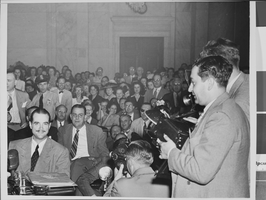
Photograph of Howard Hughes at hearing, Washington, August 06, 1947
Date
Archival Collection
Description
Image
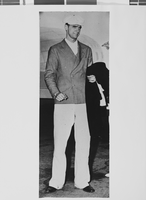
Photograph of Howard Hughes, circa late 1930s
Date
Archival Collection
Description
Image
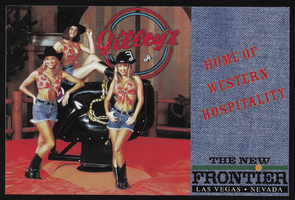
Gilley's Saloon and Dance Hall: postcard
Date
Archival Collection
Description
Image
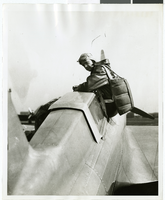
Photograph of Howard Hughes with the Northrop Gamma Racer, 1936
Date
Archival Collection
Description
Image
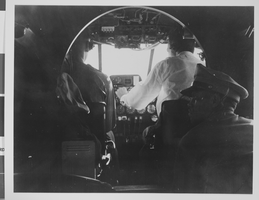
Photograph of Howard Hughes flying a plane, circa 1944
Date
Archival Collection
Description
Image
Hugh Shirkey oral history interview
Identifier
Abstract
Oral history interview with Hugh Shirkey conducted by Patricia van Betten on February 04, 2010 for the History of Blue Diamond Village in Nevada Oral History Project. In this interview, Shirkey discusses his personal history and arriving to Blue Diamond, Nevada in 1950. He talks about his employment at the Blue Diamond Mine as an electrician. Shirkey describes what life was like at the village as a single worker, the development of the mining plant, how the plant was managed, and traveling to Las Vegas, Nevada. Lastly, Shirkey recalls moving to Las Vegas and retiring from the mining plant.
Archival Collection

Photograph of dwelling at Lost City, 1938
Date
Archival Collection
Description
A restored Indian house at Lost City showing the lake only a few feet away.
Image
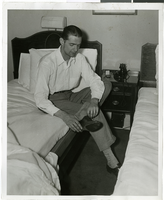
Photograph of Howard Hughes, January 14, 1936
Date
Archival Collection
Description
Image
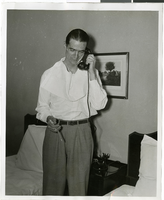
Photograph of Howard Hughes, January 14, 1936
Date
Archival Collection
Description
Image
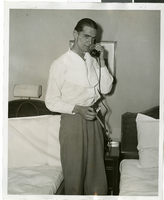
Photograph of Howard Hughes, January 14, 1936
Date
Archival Collection
Description
Image
